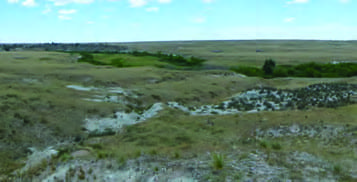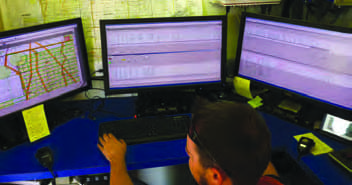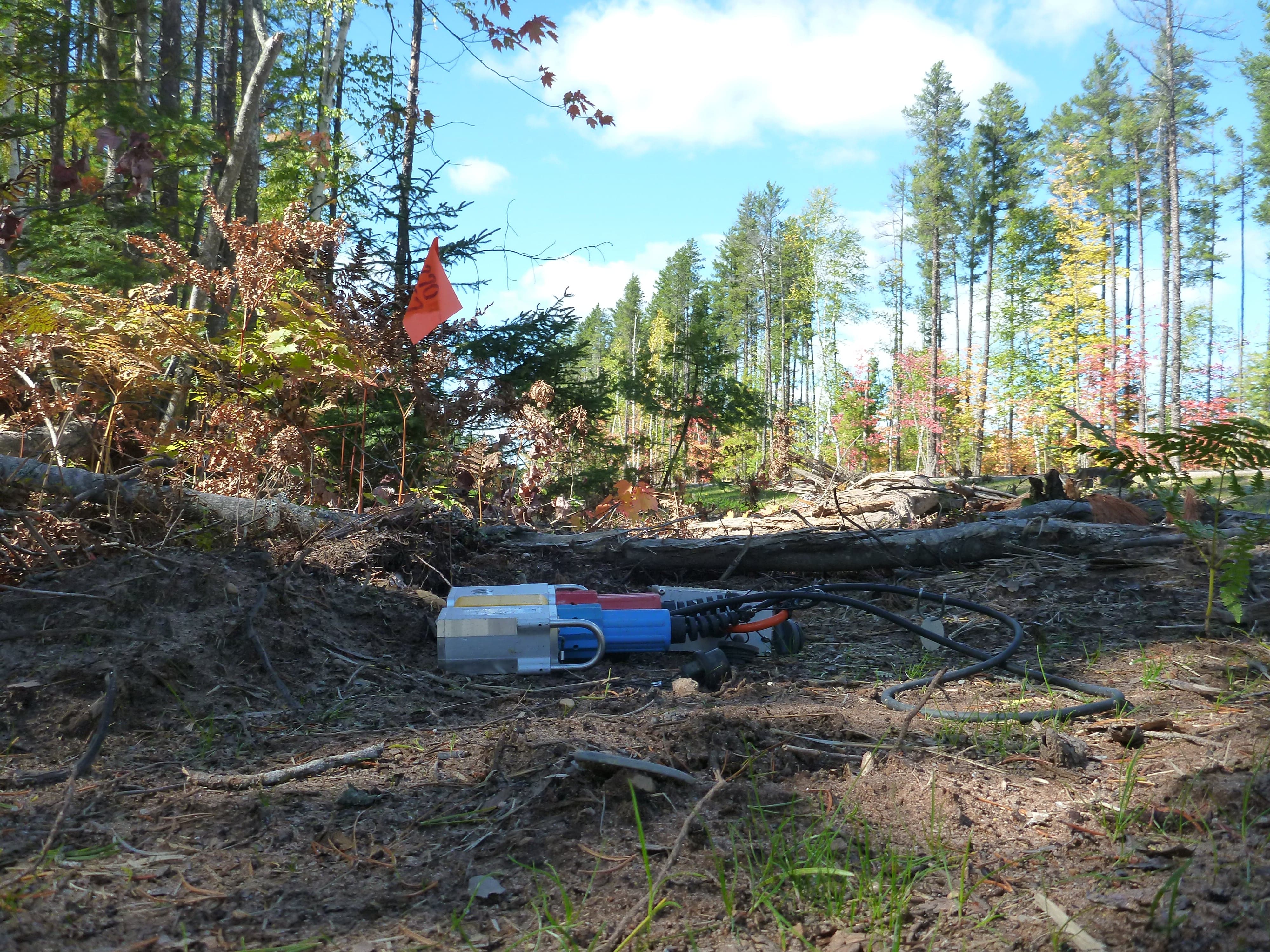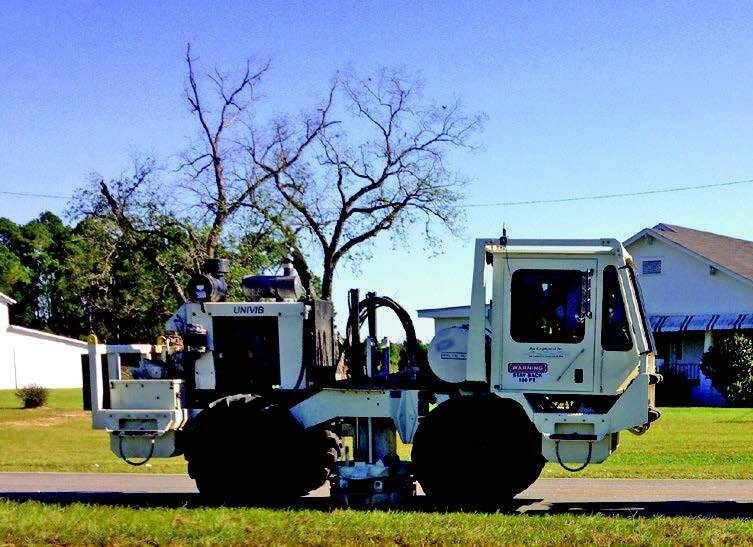
Tesla Bear Creek
INOVA's Hawk® Autonomous Nodal System Soars To New Heights
Tesla Exploration Inc. was awarded a 3D/3C project to explore 90 sq. miles of the High Plains near Cheyenne, Wyoming. Known as Bear CreekSCAN, the project location encompassed open prairies, rolling hills and scattered, cultivated fields. Unpaved and two-track dirt roads provided reasonable access to the survey area, making deployment and shooting easier for Tesla crews in this terrain. Because of the size of this largescale cableless acquisition project, Tesla needed a system that could withstand rigorous field usage, provide optimal operational flexibility and offer wireless QC capabilities for increased crew productivity.
| Segment | Land |
|---|---|
| Region | USA |
| Technologies | INOVA's Hawk® Autonomous Nodal System |
| Related Products |

High Plains 3D/3C Cableless Acquisition
Tesla Exploration Inc. was awarded a 3D/3C project to explore 90 sq. miles of the High Plains near Cheyenne, Wyoming. Known as Bear CreekSCAN, the project location encompassed open prairies, rolling hills and scattered, cultivated fields. Unpaved and two-track dirt roads provided reasonable access to the survey area, making deployment and shooting easier for Tesla crews in this terrain. Because of the size of this largescale cableless acquisition project, Tesla needed a system that could withstand rigorous field usage, provide optimal operational flexibility and offer wireless QC capabilities for increased crew productivity. Tesla had already gained valuable experience in operating INOVA's Hawk autonomous nodal system from a prior project in the Marcellus Shale and said they felt confident in its ability to handle this project.


High Productivity Operations
Tesla required 10,000 3C Hawk field stations, 12,000 batteries and 10,000 SM-7 three component analog geophones to conduct this project. During layout and pickup, ground electronics were transported by helicopter to receiver locations to fully maximize the crew's deployment efficiency. Crews navigated INOVA's AHV-IV™ vibrators throughout the survey site and generated source points 22.5 hours a day to adhere to the project's strict schedule. Configured in two fleets of four, the AHV-IV vibrators performed sweeps using the ping-pong method to achieve higher productivity during the day. Source operations averaged 469 vibration points per day and 672 on the most productive days—resulting in nearly 15,500 source points at completion.


High Quality Data with Wireless QC
While the Hawk field stations continuously recorded high quality data, the crew performed routine QC operations by helicopter and by all-terrain vehicles (ATV) using the Connex™ Field Harvest Tool. This functionality enabled the crew to monitor equipment health and relieve their concerns of autonomous recording. Tesla also setup custom-configured facilities such as the 40-foot T3 data harvesting trailer, central recording truck and a 20-foot trailer with the Connex HUB Base Navigation Server. They utilized the Connex HUB with digital geographic data as the central tool for more efficient operational planning. The recording truck that housed the observer workstation and controlled shooting was moved to various locations to optimize communications with the vibrator trucks.
Hawk stations were retrieved from the field to recharge the batteries, harvest the data and redeploy to the next receiver location. Crews cycled over 1,000 field stations per day through the T3 trailer to keep pace with shooting. By leveraging the Hawk system's flexible architecture, Tesla managed their operations efficiently and successfully to complete the Bear CreekSCAN project on time. The Tesla crew and Hawk equipment were immediately mobilized to their next project near the Gulf of Mexico.


